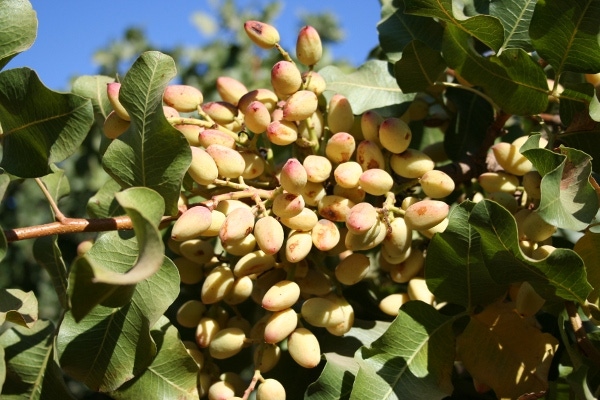
California Crop Weather: precipitation aplenty, bloom underway
Plenty of cool, wet weather across California during the last week of February;Alfalfa fields come out of dormancy - fields in drier areas irrigated;Irrigation applied to almond orchards across the Central Valley to limit the impact of freezing temperatures on buds;In Fresno County, good conditions with warmer days early in the week result in steady harvests of broccoli and lettuce.
March 1, 2011

The latest California Crop Weather report from the National Agricultural Statistics Service’s Field Office in Sacramento, Calif., released Feb. 28.
Weather
The week began with weak low pressure off the California coast Monday through Wednesday. This brought isolated showers to the mountains and the far northern coast near Eureka. Highs in the valley were in the 50s and the lower 60s under partly cloudy skies the first part of the week.
On Thursday night, rain entered California. This was created from a very cold and strong low from the Gulf of Alaska and Canada.
By Friday, the cold low pressure system created a variety of weather elements. An inch of rain fell in most valley locations. Snow levels were down to 1,000 feet in the mountains. Two feet of new snow fell in some foothill areas, especially near Grass Valley, Calif. Three to four feet of new snow fell at the highest elevations throughout the mountains.
Funnel clouds and a F0 tornado were spotted in the Sacramento Valley. Isolated snowflakes fell in the valley and along the coast of California from Burbank to San Francisco.
No snow accumulated on the valley floor or along the coast. On Saturday, the main energy of the storm covered Southern California with heavy rain and mountain snow similar to Northern California. Saturday night into Sunday morning the skies cleared in the state, but a freeze warning was posted in many valley cities with lows in the 20s due to cold air behind the front.
Field crops
Dryland grain crops benefited from rain showers which moved through California. Cooler temperatures slowed plant growth. Aerial herbicide applications continued on small grain fields.
Alfalfa fields came out of dormancy. Fields in drier areas received irrigation.
Cotton beds were formed.
Sugarbeet development continued in Fresno County. Early season herbicide applications were near completion in the San Joaquin Valley (SJV). Preparation for spring planting continued as conditions allowed with plowing, disking, planting, and spraying in fields.
Fruit crops
The SJV Navel orange, mandarin and lemon harvests continued along with early varieties of Valencia oranges picked for export markets. Lemons and grapefruit were picked in the desert region with lemons picked in the coastal regions. The Navel orange harvest continued at a quickened pace to limit fruit losses due to rind breakdown.
Budding in stone fruit trees was ongoing as blooming continued in early-variety fruit trees and began in later varieties.
Early grape varieties showed bud break. Strawberry plants showed good growth in the SJV. Beehives were placed in orchards.
Nut crops
Irrigation was applied to almond orchards across the Central Valley to limit the effects of freezing temperatures on almond buds. Full bloom was reached in most early varieties as blooming continued in all varieties.
Bloom sprays were ongoing in blooming almond orchards. Pruning and spraying in pistachio and walnut orchards continued as field conditions allowed.
Vegetable crops
Carrots, onions, and cabbage were harvested in Kern County. Tulare County reported early summer vegetables germinating in greenhouses.
In Fresno County, good conditions with warmer days early in the week resulted in a steady harvest of broccoli and lettuce while fresh market onions were planted and carrot fields were fumigated.
Merced County reported the completion of the radicchio harvest.
You May Also Like



